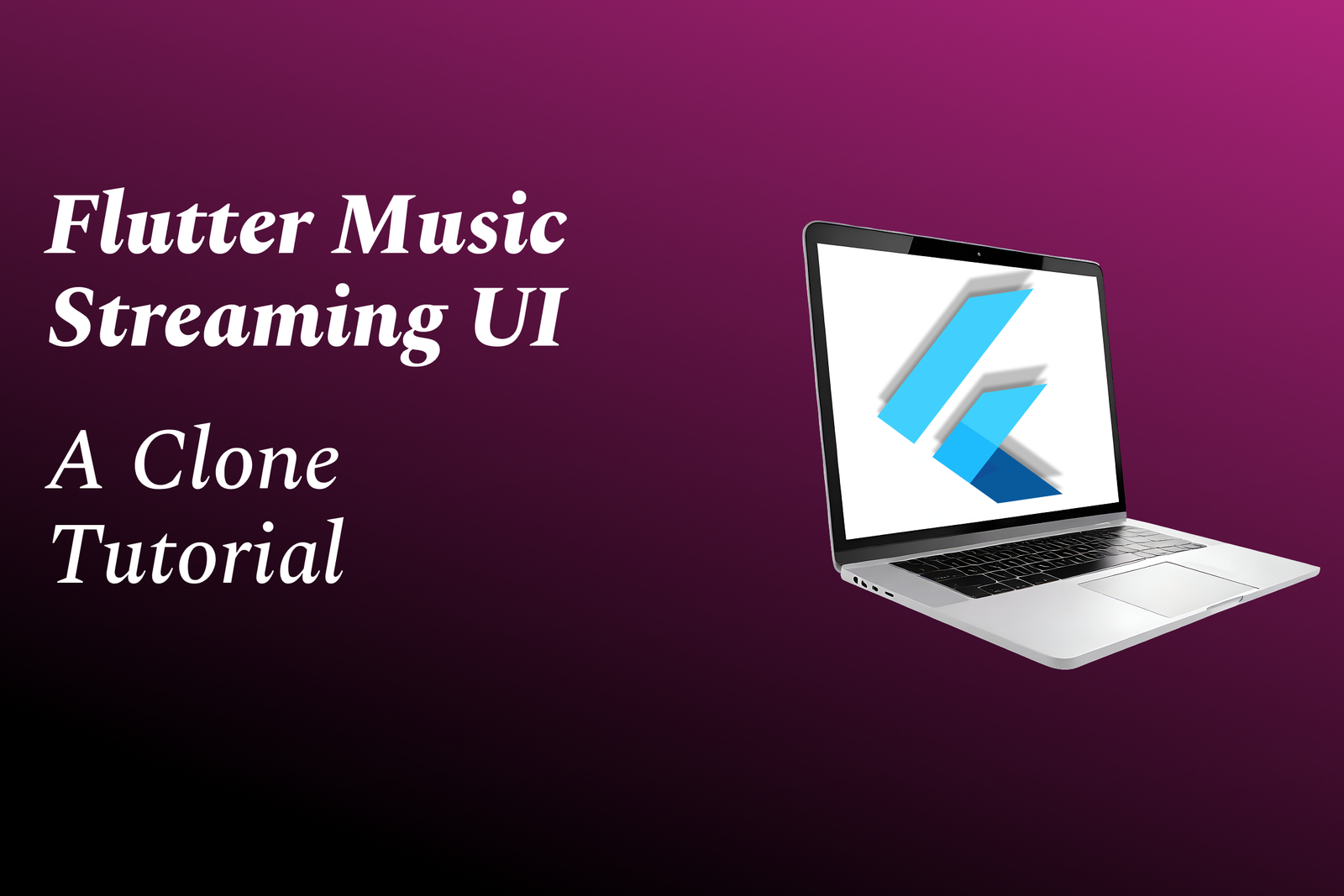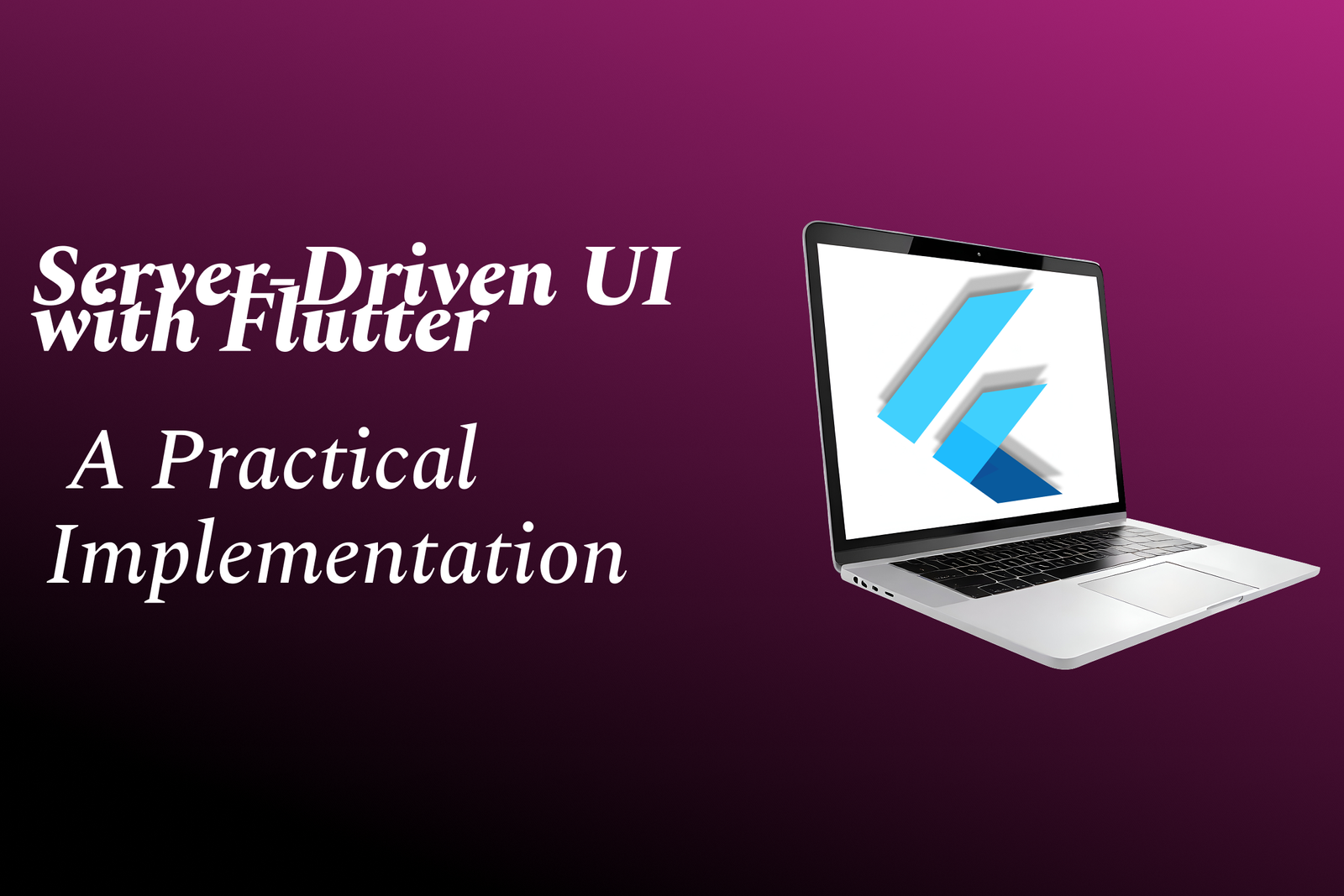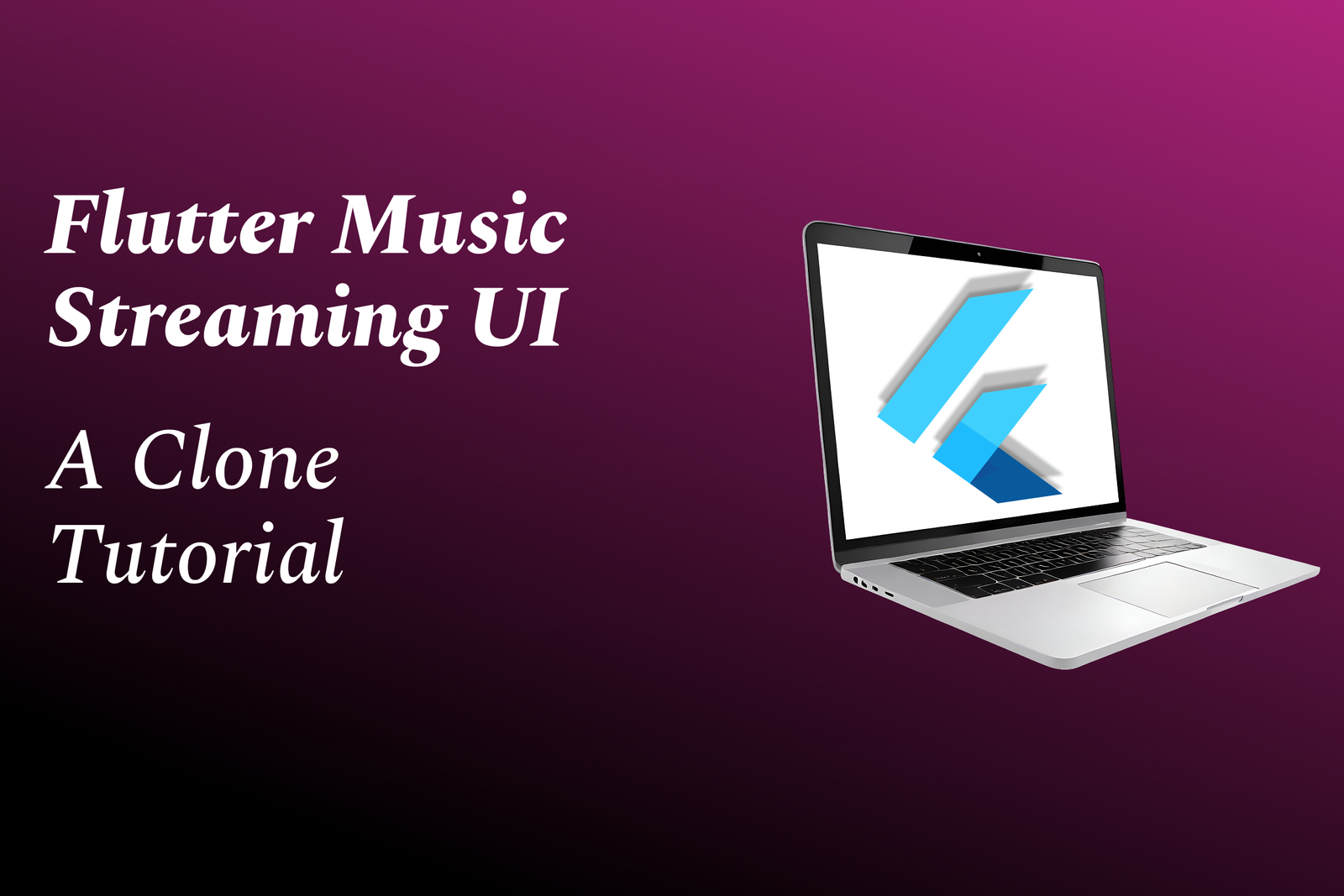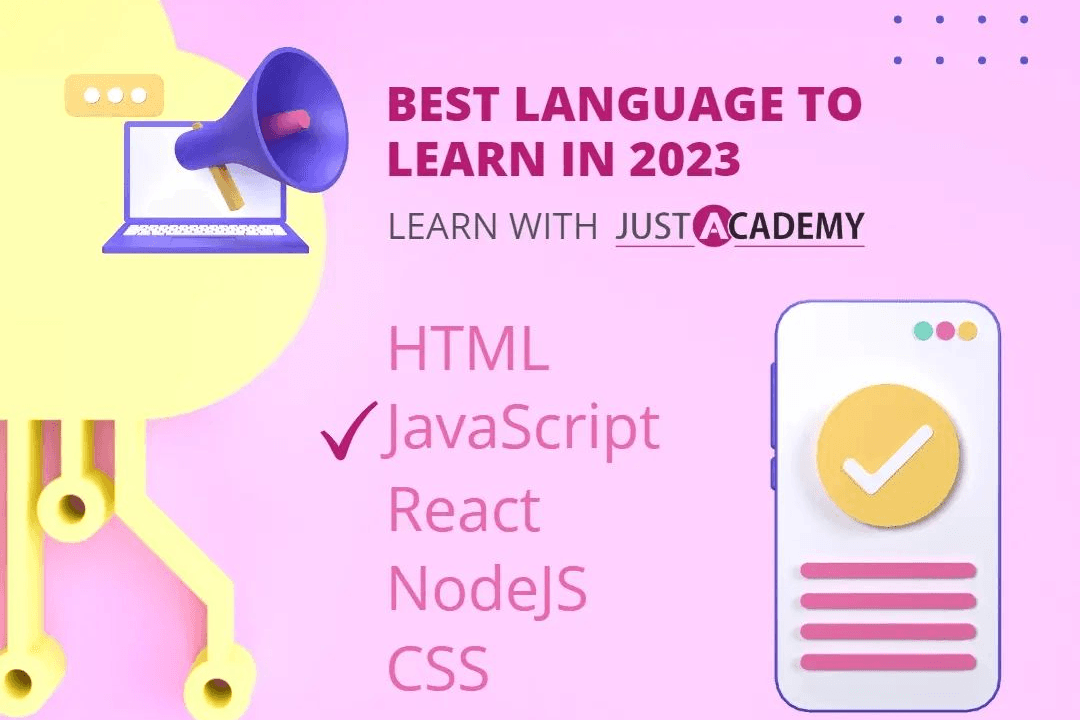Good Programming Language For Php Users
A good programming language for PHP users is JavaScript, as it is essential for creating dynamic and
Good Programming Language For Php Users
For PHP users, learning JavaScript is highly beneficial as it enables the creation of dynamic and interactive web interfaces, complementing PHP’s server-side functionalities. JavaScript allows developers to implement real-time features, improve user experience, and develop full-stack applications by handling frontend scripting seamlessly alongside PHP. This combination enhances productivity, broadens development capabilities, and helps build more responsive and engaging websites, making JavaScript an essential language for PHP programmers aiming to expand their skill set in modern web development.
To Download Our Brochure: https://www.justacademy.co/download-brochure-for-free
Message us for more information: +91 9987184296
For PHP users, learning JavaScript is highly beneficial as it enables the creation of dynamic and interactive web interfaces, complementing PHP’s server side functionalities. JavaScript allows developers to implement real time features, improve user experience, and develop full stack applications by handling frontend scripting seamlessly alongside PHP. This combination enhances productivity, broadens development capabilities, and helps build more responsive and engaging websites, making JavaScript an essential language for PHP programmers aiming to expand their skill set in modern web development.
Course Overview
The ‘Good Programming Language for PHP Users’ course explores essential programming languages that complement PHP, focusing on enhancing web development skills. It covers key concepts, syntax, and applications of languages like JavaScript, Python, and SQL, enabling PHP developers to build dynamic, efficient, and comprehensive web solutions. Through practical projects and real-world examples, participants gain a solid understanding of how these languages interact with PHP to create robust applications, making it an ideal course to expand your programming toolkit and elevate your development capabilities.
Course Description
The ‘Good Programming Language for PHP Users’ course introduces PHP developers to essential languages like JavaScript, Python, and SQL, focusing on how they complement PHP for dynamic web development. Through practical projects and real-world examples, participants learn to enhance their coding skills, improve application performance, and build comprehensive, efficient web solutions.
Key Features
1 - Comprehensive Tool Coverage: Provides hands-on training with a range of industry-standard testing tools, including Selenium, JIRA, LoadRunner, and TestRail.
2) Practical Exercises: Features real-world exercises and case studies to apply tools in various testing scenarios.
3) Interactive Learning: Includes interactive sessions with industry experts for personalized feedback and guidance.
4) Detailed Tutorials: Offers extensive tutorials and documentation on tool functionalities and best practices.
5) Advanced Techniques: Covers both fundamental and advanced techniques for using testing tools effectively.
6) Data Visualization: Integrates tools for visualizing test metrics and results, enhancing data interpretation and decision-making.
7) Tool Integration: Teaches how to integrate testing tools into the software development lifecycle for streamlined workflows.
8) Project-Based Learning: Focuses on project-based learning to build practical skills and create a portfolio of completed tasks.
9) Career Support: Provides resources and support for applying learned skills to real-world job scenarios, including resume building and interview preparation.
10) Up-to-Date Content: Ensures that course materials reflect the latest industry standards and tool updates.
Benefits of taking our course
Functional Tools
1 - PHPStorm: PHPStorm is a powerful integrated development environment (IDE) specifically designed for PHP developers. It offers advanced code completion, debugging, and testing features that streamline the coding process. Its intelligent code analysis helps in catching errors early, ensuring cleaner and more efficient code. The IDE supports various frameworks like Laravel, Symfony, and CodeIgniter, allowing students to develop complex applications with ease. Its seamless integration with version control systems makes collaboration smoother, while its user friendly interface accelerates learning and productivity for beginners and experienced programmers alike.
2) Visual Studio Code (VS Code): VS Code is a widely used, lightweight code editor that supports PHP through extensions. It provides syntax highlighting, intelligent code suggestions, and debugging tools, making it a versatile choice for PHP programming. The extensive library of plugins allows customization based on project needs, including tools for Git integration and Docker support. Its built in terminal facilitates running scripts and commands directly within the editor. For students, VS Code offers an accessible yet powerful environment to write, test, and troubleshoot PHP code efficiently.
3) XAMPP/LAMP/WAMP Stack: These are popular local server environments that enable students to run PHP applications on their personal computers. XAMPP (for Windows, Linux, and Mac) provides Apache, MySQL, PHP, and Perl, creating a comprehensive environment for testing and development. WAMP is Windows specific, while LAMP is used for Linux systems. These stacks simplify deployment and testing of PHP projects without needing remote servers. They serve as essential tools for students to practice real world scenarios, manage databases, and understand server configurations in a controlled environment.
4) Git and GitHub: Version control systems like Git are vital for tracking changes, collaborating, and maintaining code integrity during the development process. Git allows students to manage revisions, branch for feature development, and revert changes if needed. Platforms like GitHub facilitate online repository hosting, code sharing, and collaborative project management. Learning these tools empowers students to work efficiently in team environments, contribute to open source projects, and follow industry best practices for code management.
5) Composer: Composer is a dependency management tool for PHP that simplifies the process of including libraries and packages into projects. It automates the installation, update, and management of third party modules, ensuring compatibility and reducing manual effort. Students learn to leverage Composer to incorporate essential frameworks like Laravel, Symfony, or Zend, which significantly accelerates project development. Mastery of Composer enables efficient handling of project requirements, promoting best practices in modular programming and code reuse.
6) PHPMyAdmin: PHPMyAdmin is a web based interface for managing MySQL databases. It provides a user friendly environment to create, modify, and delete databases, tables, and records without writing complex SQL commands. Students can visualize database structures, run queries, and export/import data effortlessly. This tool is indispensable for learning database interactions in PHP applications, understanding data organization, and testing CRUD operations within their projects. It bridges the gap between backend data management and frontend development practices.
7) Docker: Docker is a containerization platform that allows students to create consistent development environments across different machines. By containerizing PHP applications with all their dependencies, students can ensure that their projects run reliably regardless of the underlying operating system. Docker simplifies deployment, testing, and scaling, making it a crucial tool for modern PHP development workflows. Learning Docker prepares students for real world scenarios where environment consistency and deployment automation are critical.
8) Code Linters and Analyzers: Tools like PHP CodeSniffer or PHPStan help maintain code quality by detecting syntax errors, coding standard violations, and potential bugs. Integrated into IDEs or used as standalone tools, these analyzers provide real time feedback, encouraging best coding practices. They promote cleaner, more maintainable codebases, which is essential in collaborative projects. Students benefit from understanding code standards and learning to write error free, optimized PHP code.
9) Postman: Postman is an API development and testing tool that simplifies the process of working with RESTful APIs. Students can create, test, and document API calls easily, making it ideal for backend integration tasks. It supports automated testing, variable management, and collaboration, helping students understand how PHP applications interact with other services. Mastering Postman prepares students to develop robust APIs and troubleshoot integration issues efficiently.
10) Framework specific CLI Tools: Many PHP frameworks provide command line tools to generate code snippets, manage configurations, and automate tasks (e.g., Laravel Artisan, Symfony Console). These CLI tools streamline development, facilitate rapid prototyping, and enforce project structure conventions. Learning to use these tools helps students understand framework workflows, manage dependencies, and accelerate application development. They are essential for hands on training in full stack PHP development.
11 - PHPUnit: PHPUnit is a testing framework for PHP that promotes test driven development (TDD). It enables students to write unit tests, perform automated testing, and ensure code reliability. By integrating PHPUnit into their workflow, students learn best practices for modular, maintainable, and bug resistant code. Automated testing with PHPUnit enhances the development process, reduces debugging time, and fosters a quality first mindset.
12) Cloud Platforms and Hosting Services: Platforms like AWS, Azure, and DigitalOcean provide cloud hosting environments where students can deploy their PHP projects. Learning to deploy on these services offers practical experience with server provisioning, SSL configuration, and environment management. Cloud deployment teaches scalable infrastructure management, vital for launching production ready applications. These skills prepare students to handle real world deployment scenarios and cloud based solutions.
13) Text Editors with Plugins: Advanced text editors such as Sublime Text or Atom, equipped with PHP related plugins, serve as lightweight alternatives to IDEs. They provide customizable environments with syntax highlighting, snippets, and code formatting tools. Students can configure these editors according to their preferences, enhancing their coding speed and comfort. These tools are particularly useful for quick edits, scripting tasks, and practicing coding in minimal setups.
14) Debugging Tools like Xdebug: Xdebug is a PHP extension that enhances debugging capabilities within IDEs. It offers features like step debugging, stack traces, and variable inspection, enabling students to troubleshoot complex issues efficiently. Proper debugging skills are fundamental to developing robust applications, and Xdebug makes diagnosing problems easier. Integrating this tool into training helps students develop a thorough understanding of application flow and error resolution.
15) Learning Management and Documentation Tools: Platforms like Notion, Confluence, or markdown editors help students organize their project workflows, document code, and maintain tutorials. Proper documentation fosters better code understanding and knowledge sharing. These tools encourage disciplined project management and create artifacts that can be referred to during later stages of development or collaboration. Mastering documentation tools enhances communication and professional presentation of projects.
16) Laravel Forge and Envato Elements: Laravel Forge is a server management and deployment platform tailored for Laravel applications, simplifying server provisioning, SSL setup, and deployment workflows. Pairing it with resources from Envato Elements provides access to templates, themes, and assets that can enhance project development. Learning these tools enables students to deploy scalable PHP applications efficiently and understand modern deployment pipelines.
17) Continuous Integration / Continuous Deployment (CI/CD) Tools: Platforms like Jenkins, GitHub Actions, or GitLab CI/CD facilitate automated testing, building, and deployment of PHP projects. Integrating CI/CD into development workflows ensures code quality, reduces manual errors, and accelerates release cycles. Students gain hands on experience in automating repetitive tasks, preparing them for agile and industry standard development practices.
18) API Documentation Tools – Swagger/OpenAPI: These tools help generate interactive API documentation, making it easier for students to design, document, and test APIs. Incorporating standardized documentation practices improves API usability and collaboration with frontend teams, which is essential for building comprehensive web applications and microservices.
19) Performance Profiling Tools: Tools like Blackfire.io or Tideways provide insights into application performance bottlenecks, database queries, and memory usage. Teaching students to profile and optimize their PHP code ensures that applications are scalable and efficient. Understanding performance metrics is crucial for real world deployments where speed and resource management matter.
20) Security Tools and Best Practices: Incorporate tools such as PHP Security Scanner or OWASP ZAP to identify vulnerabilities in PHP applications. Educating students on data sanitization, secure session management, and protection against common threats like SQL injection and XSS builds a strong foundation in secure coding practices, vital for enterprise applications.
21 - Container Orchestration Platforms – Kubernetes: As projects grow, managing multiple containers becomes essential. Learning Kubernetes allows students to deploy, scale, and manage PHP application containers in a distributed environment. This knowledge ensures they are prepared for enterprise level deployments and cloud native architectures.
22) Message Queues and Microservices – RabbitMQ, Kafka: Introducing message brokers helps students understand asynchronous processing, decoupling components, and building scalable microservices architectures with PHP. These tools are pivotal for developing resilient applications that handle high loads and complex workflows.
23) Testing Automation Tools: Beyond PHPUnit, tools like Behat for Behavior Driven Development (BDD) enable students to write human readable tests, aligning development with user requirements. Automating tests improves code coverage and project reliability.
24) Code Quality and Static Analysis Tools: Tools like PHPStan, Psalm, or SonarQube perform static code analysis, helping students maintain high code standards, detect bugs early, and adhere to best practices. These improvements foster more maintainable and cleaner codebases.
25) Collaboration Platforms – Slack, Microsoft Teams: Integrating communication tools within the development workflow ensures seamless collaboration among team members. Teaching effective team communication enhances project coordination, especially in remote or distributed environments.
26) Real time Data Streaming – Pusher, Firebase: For developing applications requiring real time updates, these platforms enable students to implement live notifications, chat systems, or dashboards with PHP backends, enriching their understanding of event driven architectures.
27) Content Management Systems (CMS) – WordPress, Joomla: Introducing students to popular CMS platforms allows them to develop and customize websites rapidly using PHP, understanding themes, plugins, and content structure, which broadens their scope of practical skills.
28) WebSocket Libraries – Ratchet, Wrench: These enable real time, bidirectional communication even in complex PHP applications, perfect for developing chat apps or live data feeds, providing students with skills to develop modern interactive applications.
29) Data Caching Mechanisms – Redis, Memcached: Teaching students to implement caching strategies enhances site performance and scalability. These tools are fundamental for optimizing database access and reducing server load.
30) User Authentication and Authorization Libraries: Implementing robust user management with OAuth, JWT, or LDAP integrations introduces students to identity management, security, and access control best practices essential for enterprise applications.
Browse our course links : https://www.justacademy.co/all-courses
To Join our FREE DEMO Session:
This information is sourced from JustAcademy
Contact Info:
Roshan Chaturvedi
Message us on Whatsapp: +91 9987184296
Email id: info@justacademy.co
Flutter Web Vs React Js
A Program To Link Database Through Android App
Best Programming Languages for PHP Developers to Expand Their Skills in 2024
Top Programming Languages PHP Developers Should Learn in 2024 for Career Growth
Best Programming Languages to Complement PHP Skills in 2024 for Career Advancement
Top Programming Languages for PHP Developers to Boost Career Growth in 2024











